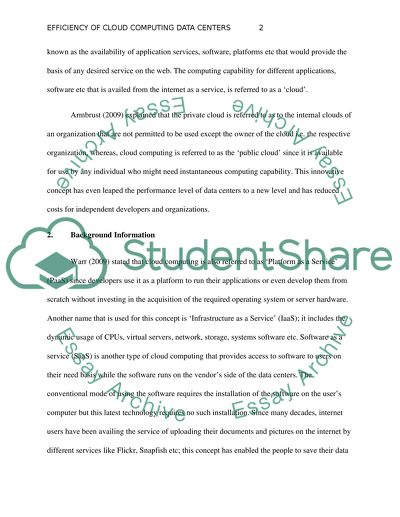Cite this document
(“Efficiency of Cloud Computing Data Centers Thesis”, n.d.)
Retrieved from https://studentshare.org/finance-accounting/1406470-efficiency-of-cloud-computing-data-centers
Retrieved from https://studentshare.org/finance-accounting/1406470-efficiency-of-cloud-computing-data-centers
(Efficiency of Cloud Computing Data Centers Thesis)
https://studentshare.org/finance-accounting/1406470-efficiency-of-cloud-computing-data-centers.
https://studentshare.org/finance-accounting/1406470-efficiency-of-cloud-computing-data-centers.
“Efficiency of Cloud Computing Data Centers Thesis”, n.d. https://studentshare.org/finance-accounting/1406470-efficiency-of-cloud-computing-data-centers.


